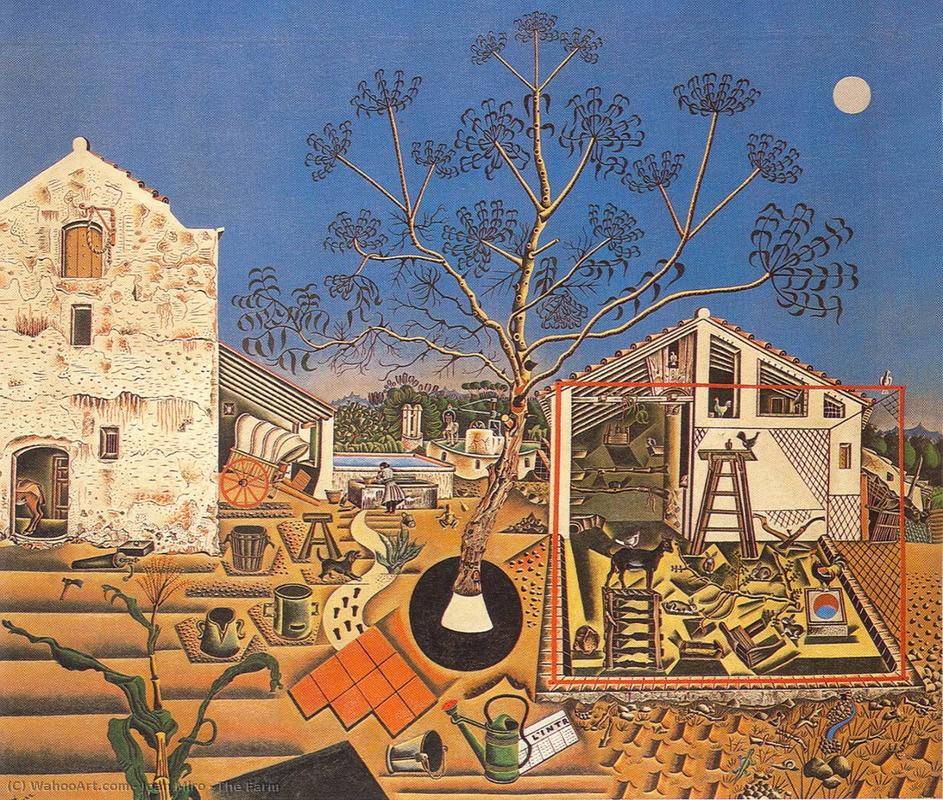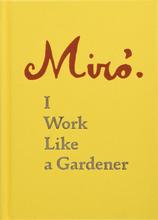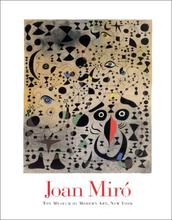More about The Farm
- All
- Info
- Shop

Contributor
Joan Miró lived a successful life as a popular working artist, but one of his earliest paintings, The Farm, is regarded to this day as one of his best.
The Farm is a surreal painting, which means that while you may recognize some of the things within the scene, what’s actually going on makes little sense, even with context. Miró painted The Farm over nine months, and it features his family property in Montroig del Camp in Spain. “I wanted to put everything I loved about the country into that canvas.” Miró once said.
It’s almost like a stream of consciousness, but on a canvas instead of a notepad. Miró fixed his mind to a singular place that he held dear, and just spilled it all out, in spectacular fashion. Without the assistance of the name, it might be kind of hard to figure out what this painting is trying to convey. But if it was obvious, it wouldn’t have the same effect on the audience. The Farm is so powerful because it’s so surreal. Things are disproportionate, the depth is off, and there’s a goat and a rooster just chilling on their own ladders. This is an invitation into Miró's memories, how he sees and feels about this place. It’s supposed to be abstract. It’s not supposed to be a one size fits all experience. If Miró painted this scene in a manner that would relate more to a wider audience, then it wouldn’t be his, and if it wasn't his, then what’s the point?
Despite the clear talent and passion on display in The Farm, Miró had a hard time selling it. At the time of completion, he was living in Paris, and the fans of escargot were too hyped up on cubism at the time to appreciate what was right in front of them. But luck would have it that there was one person who was really interested in the painting. And his name was Ernest Hemingway. Yes, that guy whose popularity you struggled to understand in your 20th Century American Literature class. Hemingway was absolutely obsessed with The Farm. Believe it or not, Miró and Hemingway were boxing buddies. And when they weren’t beating each other up, they were fawning over each other's work. Hemingway wrote about this piece: "It has in it all that you feel about Spain when you are there and all that you feel when you are away and cannot go there. No one else has been able to paint those two opposing things." Hemingway would eventually buy the painting for 5,000 francs.
Sources
- Adams, Tim. “Joan Miró: A life in paintings” The Guardian. March 19, 2011. https://www.theguardian.com/artanddesign/2011/mar/20/joan-miro-life-lad…
- Eakin, Hugh. “The Old Man and The Farm: The Long, Tumultuous Saga of Ernest Hemingway’s Prized Miró Masterpiece” Vanity Fair. September 11, 2018. https://www.vanityfair.com/style/2018/09/ernest-hemingway-joan-miro-the…
- The Art Story. “Joan Miró Artworks” Accessed November 15, 2020. https://www.theartstory.org/artist/miro-joan/artworks/#pnt_1
Featured Content
Here is what Wikipedia says about The Farm (Miró)
The Farm is an oil painting made by Joan Miró between the summer of 1921 in Mont-roig del Camp and winter 1922 in Paris. It is a kind of inventory of the masia (traditional Catalan farmhouse) owned by his family since 1911 in the town of Mont-roig del Camp. Miró himself regarded this work as a key in his career, describing it as "a summary of my entire life in the countryside" and "the summary of one period of my work, but also the point of departure for what was to follow." It now resides in the National Gallery of Art in Washington DC, where it was given in 1987 by Mary Hemingway, coming from the private collection of American writer Ernest Hemingway, who had described it by saying, “It has in it all that you feel about Spain when you are there and all that you feel when you are away and cannot go there. No one else has been able to paint these two very opposing things.”
Check out the full Wikipedia article about The Farm (Miró)














